TEKSER What is Vibration System?
Vibration system, which differs from traditional system on many sides, makes the highest quality, the most resistant ceramic installations possible. This system which is developed according to many operation field such as food and beverage industry, shopping malls, is also resistant to hardest enviromental conditions. Vibration system does not mean that only tile or application technic is different, it is a high performance system which forms from all components.This high performance makes it a long term solution inspite of chemical and thermal conditions, blows, heavy load traffic and wearing out.
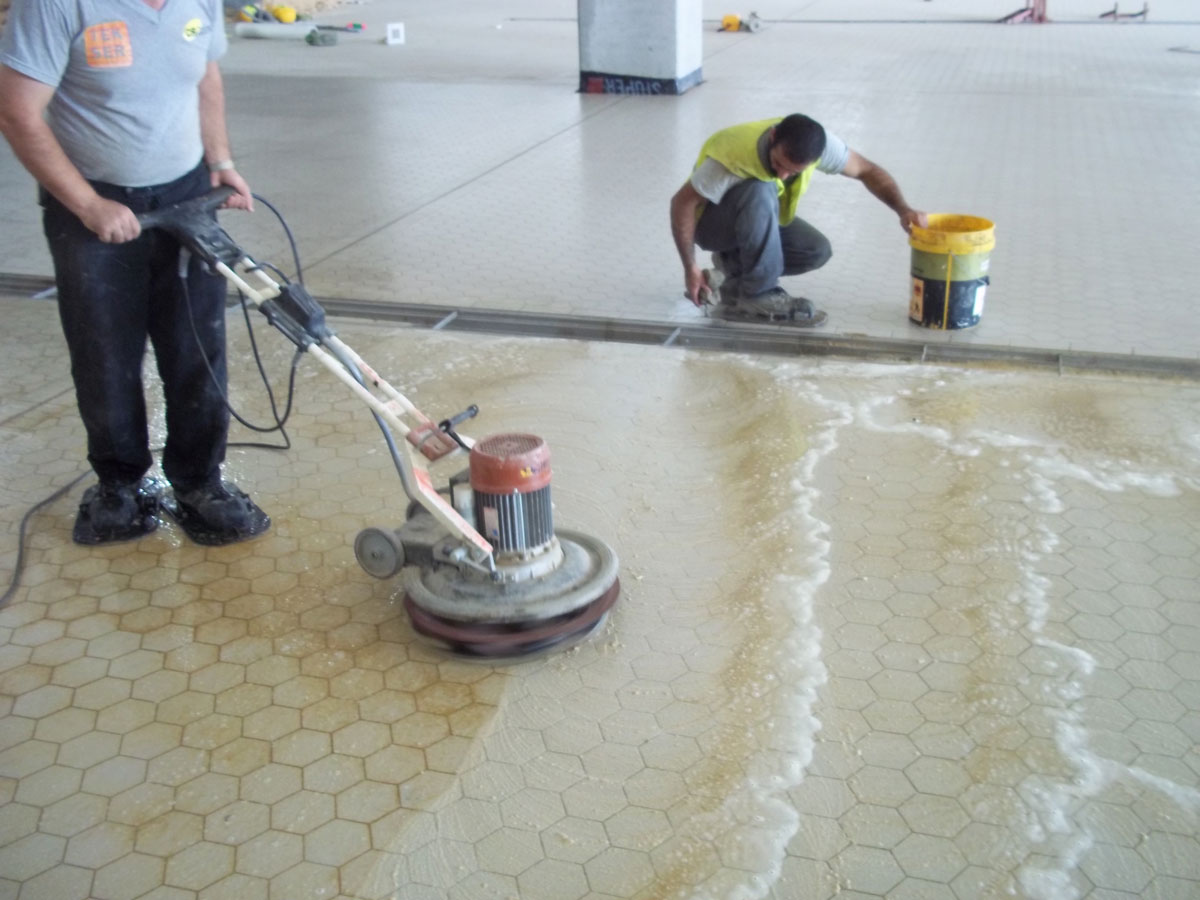
By analyzing the current floor condition, it is prepared as bonded or non-bonded floor. With its more than 40 years of experience, our company chooses the right floor for your needs. The most appropriate solution is generated for you if needed.




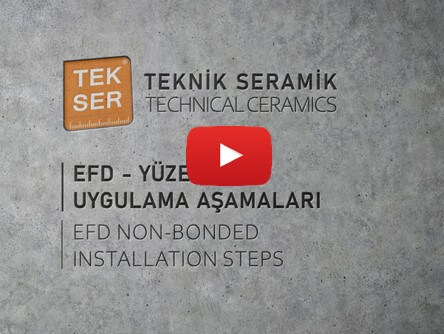
 Your floor is examined by our experinced team. After determining the requirements of the floor, you will be informed about the installation process.
Your floor is examined by our experinced team. After determining the requirements of the floor, you will be informed about the installation process.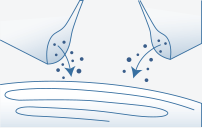 Screed mortar is prepared by mixing sand, cement and screed additives in compulsory mixers.
Screed mortar is prepared by mixing sand, cement and screed additives in compulsory mixers. Floor must be clean and away from dirt before preparing the levels and slopes for the substrate.
Floor must be clean and away from dirt before preparing the levels and slopes for the substrate.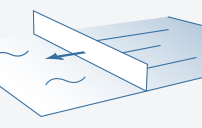 The levelling screed is poured and leveled at average 7cm thickness.
The levelling screed is poured and leveled at average 7cm thickness.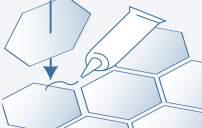 On top of the screed, Polyflex-412+Serkit-12 double component adhesive including acrylic+latex contents is applied, while the tiles are laid down with a grouting space of at least 3-4 mm.
On top of the screed, Polyflex-412+Serkit-12 double component adhesive including acrylic+latex contents is applied, while the tiles are laid down with a grouting space of at least 3-4 mm.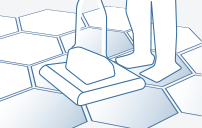 All the flooring installation as per the sequence provided above shall be compressed and smoothed by using vibrating machines of high frequency.
All the flooring installation as per the sequence provided above shall be compressed and smoothed by using vibrating machines of high frequency.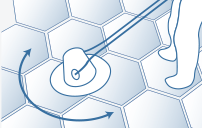 The grouts between the tiles will be filled by means of a machine, using Technoflo Epoxy Grout or cementitious grout, and the surfaces of the tiles will be mechanically cleaned of epoxy/cement.
The grouts between the tiles will be filled by means of a machine, using Technoflo Epoxy Grout or cementitious grout, and the surfaces of the tiles will be mechanically cleaned of epoxy/cement.